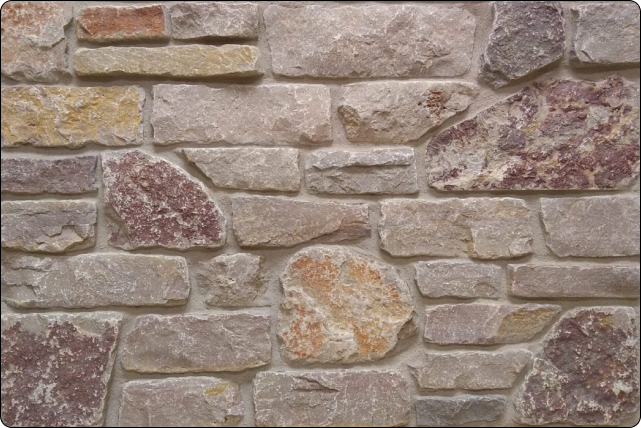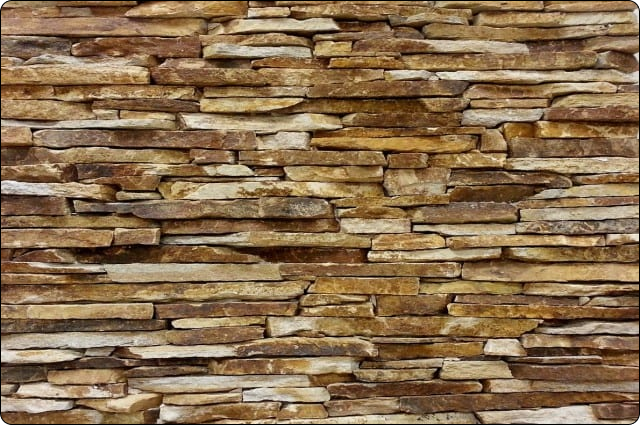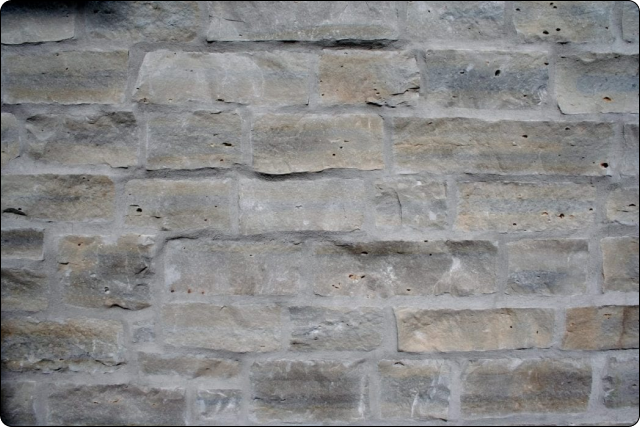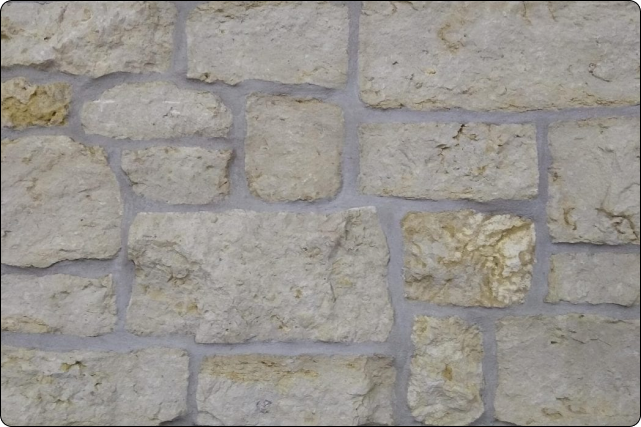Natural Thin Stone Veneer Mortar Options

1. STANDARD, RAKED METHOD
The raked method is achieved by allowing the mortar to dry to a soft texture, sometimes called “thumb-print hard” where pressing your finger or thumb in the joint leaves a minor impression. This allows installers to work the mortar by raking excess mortar from the ¼” to ½” gaps between the stones. The act of raking the joints results in a concave groove that adds depth to projects using the following stones: Ashlar, Castle Rock, Ledgestone, Dimensional Ledge Stone, Dimensional, and Fieldledge stones. Modification of the stones is rarely required since the mortar can cover many of the inconsistencies in the natural stone veneer. This method will result in an organized, yet unique look that will add a very professional, prestigious look to your new home.

2. DRY STACKING METHOD
The dry stacking method is great for the following stone types: Ashlar, Castle Rock, Ledgestone, Dimensional Ledge Stone, and Dimensional stones. Each of these stones are rectangular with squared edges. They will fit together tightly and any mortar or grout used is not visible. Installers often need to chisel these stones to perfect the fit, but the material removed is minimal. Mortar is loaded on the back of the stone, also known as buttering, and pressed in place. This installation method results in a professional, natural looking finish without any visible mortar.

3. FLUSH METHOD
A flush mortar install involves completely filling the gaps between stones with mortar. When the mortar has nearly dried, the installer will then remove the excess mortar and brush the surface to create an even textured finish on the mortar. This method works well for the following types of stones: Ashlar, Castle Rock, Ledgestone, Dimensional Ledge Stone, Dimensional, and Fieldledge stones. With this method, the mortar fills some imperfections in the stones, so mortar color choice is very important. The result of the flush method is a thicker, pronounced mortar line that creates a rustic, artsy look.

4. OVERGROUT METHOD
The overgrout method uses extra mortar to not only cover the sides of stone but also to cover the edges. This gives an old world look as this was the type of mortar joint when stone was used structurally.
